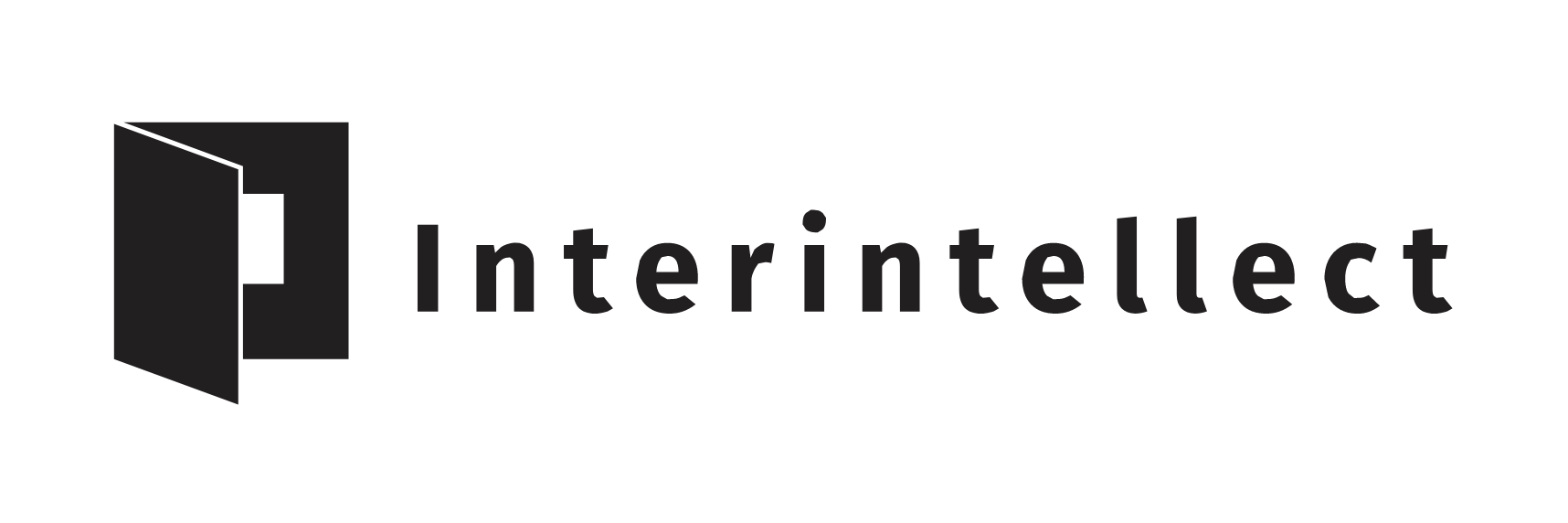
Learning The Language Of Nature
Saturday November 30 at 8:30 pm - 10:00 pm CET
Start time where you are: Your time zone couldn't be detected

I'm Laura Brekelmans. Computer scientist and generative artist. I'm fascinated by computational processes in nature: How do trees grow? Why are zebras stripy? How come massive photos of galaxies look similar to tiny photos of the neurons in our brain?
Together we'll be making computational models of the things we see in nature. Beauty and science: as it should be.Nature is truly breathtaking. No matter how you look at it, you will always find mesmerising complexity at any scale—whether its microbes on the tip of your middle finger, a choir of frogs in your local pond, a picture of a forest taken from a helicopter, or a picture of the stars taken by a fleet of expensive scientific telescopes—no matter where you look, you will find overwhelming complexity and beauty.
This is a pilot for a series of salons intending to teach computational biological modelling: understanding nature by recreating it ourselves, from the ground up.
This is art class, computer class, math class and biology class, in one.
- How does coral grow?
- Why do trees look like lungs?
- ⸮Why does seaweed pretend to be a plant even though it is obviously a colony of algae?
- Why do slime molds look like brains?
- How do we paint these self-similar organisms using magic ink?
- And how do we make these paintings beautiful?
You cannot participate on a phone, bring a laptop or computer.
Because of the Attention Economy we live in, recommended media is grouped by approximate attention cost
For the pilot, we'll be working with L-Systems.
An L-System is a modelling language to capture growth in plant, fungi and coral life.
Strongly recommended reading: 1-minute introduction
Spend 10 minutes of your attention: a closer look at L-Systems
- The wikipedia page on Lindenmayer Systems
- L-Systems on Computerphile (15 minutes)
- Play around with the L-System explorer
- Book: The algorithmic beauty of plants - Astrid Lindenmayer - 240 pages
- Online book: The nature of code, chapter 8. fractals § 5 L-Systems. This is a book about modelling nature with code. Recommended if you have some experience with JavaScript. Fun to read through too! Has been a major inspiration for this salon.
- Book: A new kind of science by Stephen Wolfram - 1197 pages (yes, 1197 pages)
- Book: The fractal geometry of nature by Benoit B. Mandelbrot
- Fun thing to ponder about, what does the "B." in "Benoit B. Mandelbrot" stand for?



